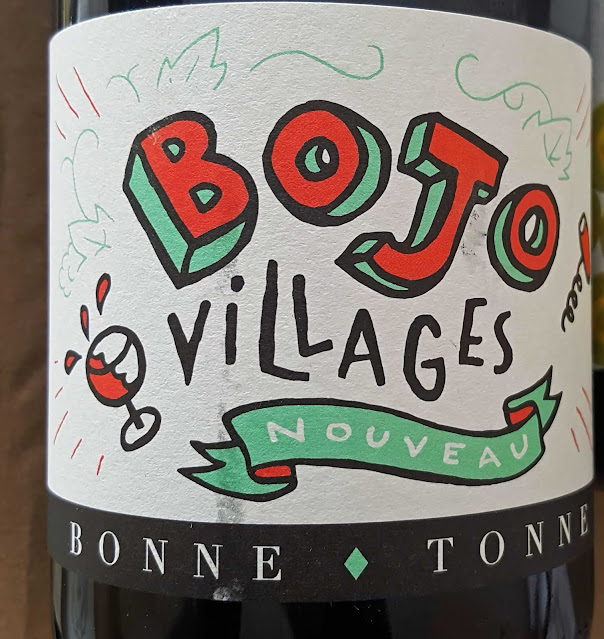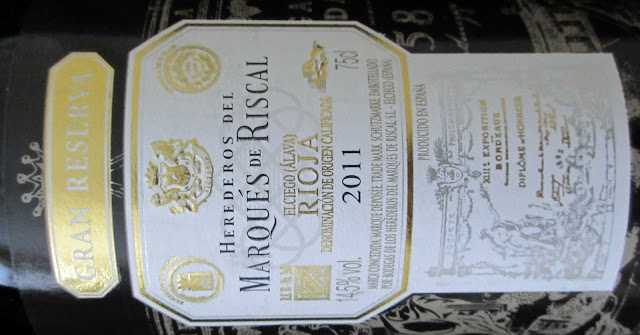The Young Ones! Bojo gives us Spring in Autumn. Plus a lovely White Tempranillo
Bonne Tonne “Bojo” Beaujolais Villages Nouveau (AOC) 2020, 12.5%, €18.00 Mary Pawle
“A Taste of Spring in the heart of Autumn” is how the producers Bonne Tonne describe Beaujolais Nouveau in general. And it aptly sums up the style. A style that has a long history, ups and down too, and recently on the up again, possibly not as high as before but likely on a more sustainable bearing (especially with organic producers such as Bonne Tonne leading the way).
Mary Pawle: “This is a light and fruity Gamay to celebrate the new vintage.” And instead of coming to us next summer, we get to enjoy it from the end of November (hence the Autumn above).
Made from 100% Gamay grapes, Beaujolais Nouveau is the most popular ‘vin de primeur’, fermented for just a few weeks and then officially released for sale. Beaujolais Nouveau owes its easy drinkability to a winemaking process called carbonic maceration, or whole-berry fermentation. This technique preserves the fresh, fruity quality of the wine. Very Highly Recommended.
The Beaujolais Nouveau tradition, then quite a long long time in existence, was firmed up in 1951 and marketing boosted the wine, result in it selling unexpectedly well outside as well as inside France, with races organised to get the first of it to certain towns and cities and countries.
Why continue with this tradition? Our producers, Thomas and Anne-Laure, again: “Because this celebration and especially this new wine, allow a moment of sharing and human warmth, as we love them in Beaujolais! The birth of a wine, of a vintage! In any case, we are very attached to this tradition which is ours!”
“Admittedly, it is a young wine which is not necessarily to everyone's taste because it has not had time to age in the cellar or in the bottle! But it brings freshness, fruit, lightness and it is also very digestible! In short, it brings joy and warmth in the cold and gloom!”
No point then in getting too technical about Bojo produced with indigenous yeasts from chemical free light and fruity Gamay grapes. Be happy and enjoy this young wine.
* The Beaujolais launch hasn’t always provided happiness. Eastbourne on the south-east coast of England was the scene of a tragedy on 13 November, 1984. Then a light plane carrying 8 passengers crashed. The eight, including four Irish journalists covering the “race”, plus the pilot, were killed. See the RTE report here.
Osoti Tempranillo Blanco & Sauvignon Blanc Rioja (DOC) 2019, 14%, €14.80 Mary Pawle
A light straw is the colour of this bright organic white wine from Rioja. It is a blend made from Tempranillo Blanco and a small percentage of Sauvignon Blanc. White Tempranillo grapes make a young and fresh wine, with floral and white fruit (pear) aromas and that is the case here. Soft and rounded on the palate with a touch of sweetness. Acidity is subtle and the wine is nicely balanced. A young and pleasant wine with a pleasant finish to boot. Highly Recommended.
Good guidance as to food pairings from the producers with young and semi-mature cheeses, olives, smoked tapas, carpaccio, fresh salads, mushrooms. artichokes, asparagus or cold soups being recommended along with fish, rice, seafood and meat.
Though a brand of Bodega Viñedos Ruiz Jiménez, Osoti produce a full range of young and aged wines, including whites, reds, and rosés.


































